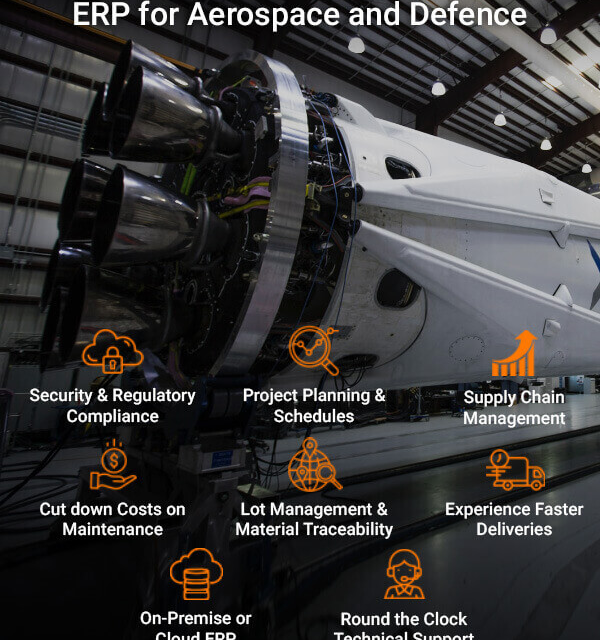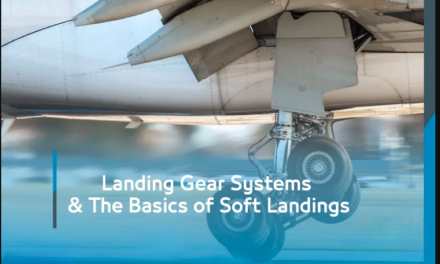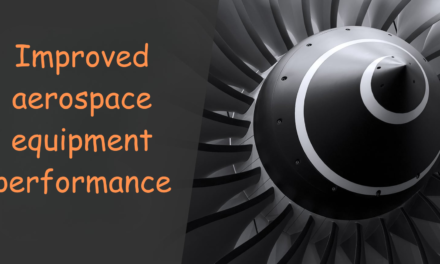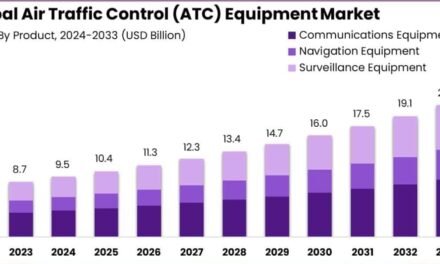The Aerospace and Defense (A&D) industry operates within a highly regulated environment to ensure safety, security, quality, and ethical practices. These regulations and compliance standards govern the production, operation, and export of A&D products and technologies, addressing national security concerns, environmental impact, and international collaboration. Below are the key regulations and compliance standards in the A&D industry:
1. Export Control Regulations
Export control laws govern the transfer of sensitive technologies, systems, and information across borders to prevent misuse or unauthorized access.
Key Frameworks:
- ITAR (International Traffic in Arms Regulations) – USA:
- Administered by the U.S. Department of State.
- Controls the export of defense-related items and technologies listed on the U.S. Munitions List (USML).
- Example: Export of military-grade drones or missile systems.
- EAR (Export Administration Regulations) – USA:
- Administered by the U.S. Department of Commerce.
- Regulates the export of dual-use items (civilian and military applications) under the Commerce Control List (CCL).
- Wassenaar Arrangement:
- A multilateral agreement among 42 member countries to control the export of conventional arms and dual-use technologies.
2. Aviation Safety and Certification
Aviation safety regulations ensure the airworthiness and operational safety of aircraft and related systems.
Key Organizations:
- FAA (Federal Aviation Administration) – USA:
- Oversees airworthiness standards, pilot certifications, and airport safety.
- Issues certificates like Type Certificates (TC) and Supplemental Type Certificates (STC) for aircraft designs.
- EASA (European Union Aviation Safety Agency) – Europe:
- Regulates aviation safety, certification, and environmental compliance for EU member states.
- Similar to FAA, it certifies aircraft, engines, and systems for operation within Europe.
- ICAO (International Civil Aviation Organization) – Global:
- Sets global aviation safety standards and practices under the Chicago Convention.
- Issues standards and recommended practices (SARPs) for air navigation, safety, and environmental protection.
3. Defense Procurement Standards
Defense procurement standards ensure that A&D products meet military specifications and contractual requirements.
Key Standards:
- MIL-STD (Military Standards) – USA:
- Specifications set by the U.S. Department of Defense (DoD) for materials, design, manufacturing, and testing.
- Example: MIL-STD-810 for environmental testing of equipment.
- NATO Standards (STANAG):
- Standardization agreements among NATO members for interoperability and performance.
- Example: STANAG 4586 for UAV interoperability.
4. Cybersecurity Regulations
Cybersecurity is critical to protecting sensitive A&D data and systems from cyber threats.
Key Frameworks:
- NIST Cybersecurity Framework – USA:
- A risk-based approach to managing cybersecurity for critical infrastructure, including A&D.
- CMMC (Cybersecurity Maturity Model Certification) – USA:
- A DoD-specific standard that assesses contractors’ cybersecurity practices to protect controlled unclassified information (CUI).
- EU Cybersecurity Directive (NIS2):
- Establishes cybersecurity requirements for critical sectors, including aerospace and defense.
5. Quality and Manufacturing Standards
These standards ensure that A&D products are manufactured to meet stringent safety, reliability, and performance criteria.
Key Standards:
- AS9100 (Aerospace Quality Management System):
- Based on ISO 9001, it includes additional requirements specific to aerospace manufacturing.
- Widely recognized by aerospace OEMs and suppliers.
- NADCAP (National Aerospace and Defense Contractors Accreditation Program):
- Certification program for special processes (e.g., welding, non-destructive testing) in aerospace manufacturing.
- ISO 9001:
- General quality management standard applicable across industries, including A&D.
6. Environmental Regulations
Environmental compliance standards focus on reducing the A&D industry’s environmental impact.
Key Standards:
- ICAO Environmental Standards:
- Regulates emissions, noise, and fuel efficiency in aviation.
- Example: Carbon Offsetting and Reduction Scheme for International Aviation (CORSIA) aims to achieve carbon-neutral growth in aviation.
- EPA (Environmental Protection Agency) – USA:
- Regulates emissions from aircraft engines under the Clean Air Act.
- REACH (Registration, Evaluation, Authorization, and Restriction of Chemicals) – EU:
- Governs the use of hazardous substances in manufacturing.
7. Space Regulations
Space exploration and satellite operations are governed by national and international frameworks to ensure responsible behavior in space.
Key Frameworks:
- Outer Space Treaty (1967):
- Establishes principles for peaceful use of outer space and prohibits the placement of weapons of mass destruction in orbit.
- Commercial Space Launch Act – USA:
- Regulates commercial spaceflight activities and licensing of private launch providers.
- UN Guidelines for Space Debris Mitigation:
- Encourages practices to minimize orbital debris and promote sustainability.
8. Anti-Bribery and Ethics Compliance
A&D companies must adhere to ethical practices in international business and defense procurement.
Key Regulations:
- FCPA (Foreign Corrupt Practices Act) – USA:
- Prohibits bribery of foreign officials to obtain or retain business.
- UK Bribery Act:
- Covers bribery in both domestic and international business transactions.
- ITAR Ethical Compliance:
- Ensures ethical practices in the export of arms and defense systems.
9. Worker Safety and Labor Standards
Ensuring the safety and well-being of employees in the A&D sector is crucial.
Key Standards:
- OSHA (Occupational Safety and Health Administration) – USA:
- Regulates workplace safety in manufacturing and operational environments.
- ILO (International Labour Organization) Standards:
- Governs labor rights, including fair wages and working conditions.
10. Trade and Economic Regulations
Trade regulations impact the import, export, and taxation of A&D products.
Key Frameworks:
- WTO (World Trade Organization) Agreements:
- Regulates trade policies, including tariffs and subsidies for A&D products.
- Offset Policies:
- Require A&D companies to invest in local industries or transfer technology as part of defense contracts.
The Aerospace and Defense industry’s adherence to stringent regulations and compliance standards ensures safety, security, and ethical practices across the sector. Companies must invest in robust compliance programs, leverage technology to track requirements, and collaborate with regulatory bodies to navigate this complex landscape effectively.













